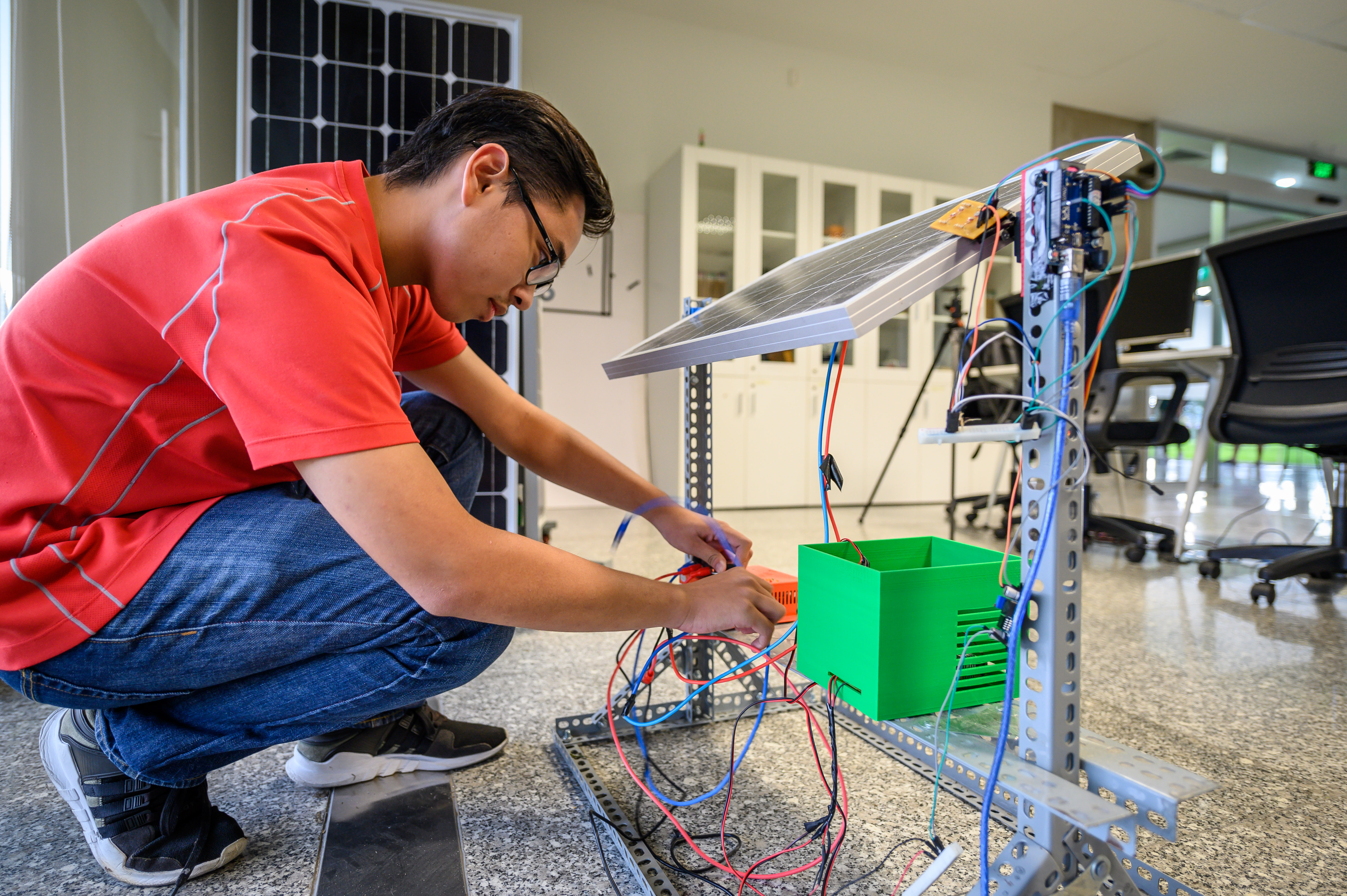In a world dominated by consumer electronics, there’s something immensely satisfying about creating your own gadgets and gizmos. The realm of DIY electronics opens up a world of creativity, problem-solving, and a profound sense of accomplishment. Whether you’re a seasoned electronics enthusiast or a novice looking to dip your toes into this captivating field, the art of DIY electronics offers a fulfilling journey of exploration and innovation.
The DIY Electronics Renaissance

The do-it-yourself electronics movement has experienced a renaissance in recent years, thanks to several key factors. The availability of affordable components, online resources, and open-source platforms has democratized electronics tinkering. Whether you want to build a simple LED display or a sophisticated robot, the tools and knowledge are readily accessible.
Getting Started: Tools and Basics

Before you embark on your DIY electronics adventure, it’s essential to gather the necessary tools and acquire a foundational understanding of electronics. Here are some tools and concepts to get you started:
Tools:
- Soldering Iron: This tool is your trusty companion for connecting components on a circuit board.
- Multimeter: A versatile device for measuring voltage, current, and resistance, it’s crucial for troubleshooting and testing your circuits.
- Breadboard: A temporary platform for prototyping your electronic circuits without soldering.
- Components: Stock up on resistors, capacitors, LEDs, transistors, and other essential electronic components.
- Microcontroller: Platforms like Arduino and Raspberry Pi are excellent choices for beginners, offering a wide range of project possibilities.
Basics:
- Circuit Theory: Understand how electricity flows through circuits, including series and parallel circuits.
- Component Identification: Learn to identify and understand the purpose of common electronic components.
- Ohm’s Law: This fundamental law relates voltage, current, and resistance in electrical circuits.
- Soldering Skills: Master the art of soldering to create reliable connections.
Projects for All Skill Levels

DIY electronics projects come in various complexity levels, making them accessible to beginners and challenging for experts. Here are some project ideas for different skill levels:
Beginners:
- LED Blinker: Create a simple circuit that blinks an LED on and off.
- Light Theremin: Build a basic musical instrument that changes pitch as you move your hand closer to a light sensor.
- Temperature Monitor: Develop a system that measures and displays the temperature using a temperature sensor and an LCD screen.
Intermediate:
- Home Automation: Automate your home’s lighting, thermostat, or security system using Arduino or Raspberry Pi.
- Voice-Controlled Gadgets: Build devices that respond to voice commands using platforms like the Raspberry Pi and voice recognition software.
- Robotics: Construct a robot that can navigate a room and perform tasks autonomously.
Advanced:
- Quadcopter: Assemble and program your own drone capable of flight and photography.
- 3D Printer: Design and build your 3D printer to create custom objects.
- IoT Projects: Create Internet of Things (IoT) devices for data collection, monitoring, and control over the internet.
Benefits of DIY Electronics

- Skill Development: DIY electronics nurtures skills in problem-solving, critical thinking, and creativity.
- Customization: Build gadgets tailored to your specific needs or aesthetic preferences.
- Cost Savings: Create cost-effective solutions instead of purchasing expensive commercial products.
- Personal Satisfaction: Experience the joy of bringing your ideas to life and sharing your creations with others.
The art of DIY electronics is not just about building gadgets; it’s about gaining a deeper understanding of the technology that surrounds us. It empowers individuals to innovate, solve problems, and express their creativity. So, whether you’re drawn to the mesmerizing glow of LEDs, the whirr of motors, or the hum of circuits, dive into the world of DIY electronics, and discover the limitless possibilities of building your own gadgets and gizmos. Embrace the adventure, harness the wealth of knowledge accessible via Google, and let your imagination flow through the wires and components that shape our electrifying world.